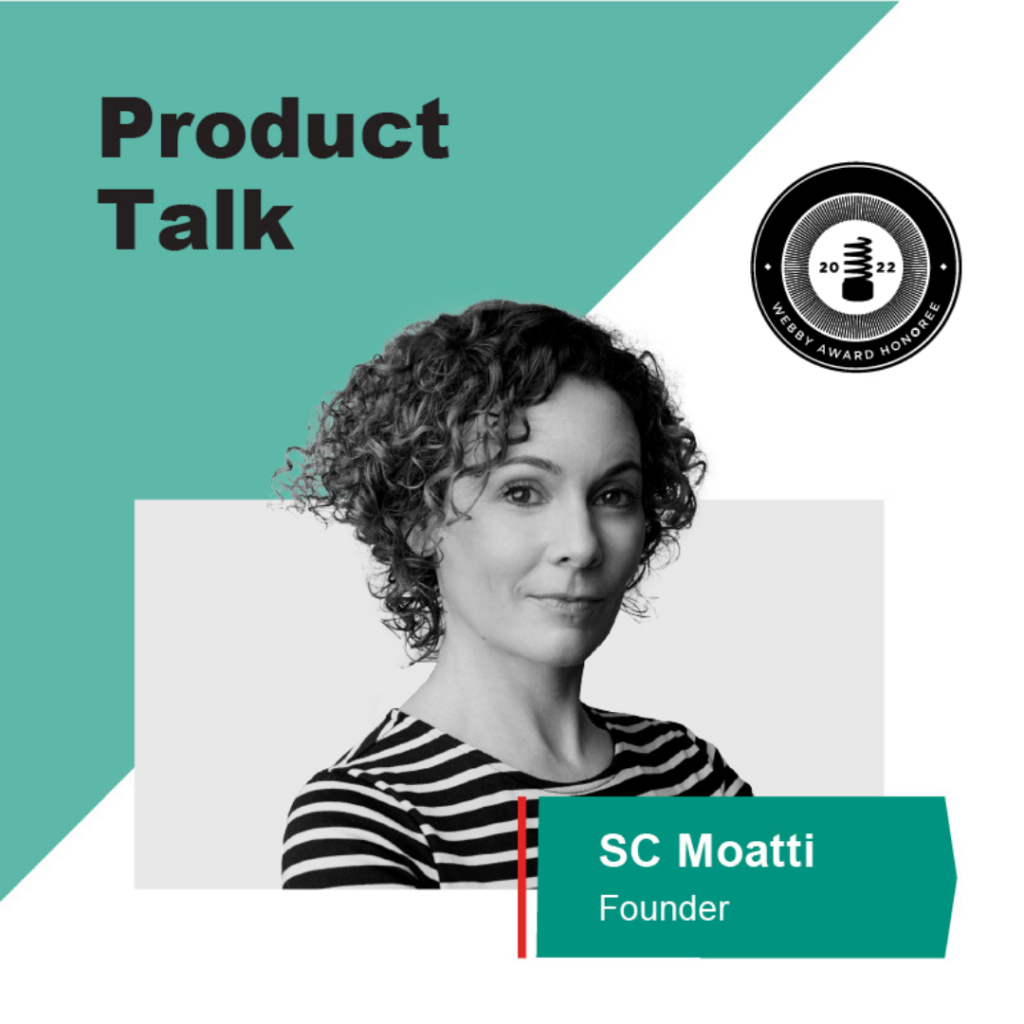This is episode five in our podcast series hosted by the 2023 Awards Advisory Board. In this episode, Vertafore VP of Product Development Nand Shivkumar sits down with Boomi Product Leader Ramkumar Menon. Their conversation included Ramkumar’s journey from a computer science degree in India to product management in America. They also talked about what makes a great product. And Ramkumar explained what it takes to be thriving in the new B2B world.
Subscribe to the Product Talk podcast on Spotify and Apple Podcasts and catch every conversation with leading product executives. New episodes go live every week. Episodes in the Product Industries to Watch Series drop on Wednesdays.

On the journey from IT to product management
“My first job as a product manager was in 2011. Like 1000s of other Indian engineers every year, I graduated with a degree in computer science in 1999. From India, looking to join the technology bandwagon. My formative years were mostly Oracle India variable tools for things like data mapping data design query. And that helped me get some quite deep and insightful knowledge into, I would say, the most fundamental and hardest problems companies were looking to solve with the data.
“After spending six years at Java in Bangalore, which was an Indian IT hub, I moved to California to join Oracle’s North America consulting organization. But I was designing and delivering solutions for high tech companies like Dell, British Telecom, VMware, and several others. This is what I got a chance to understand how our customers are using our products. In ways we never thought were possible. This is where I got a chance to interact with several stakeholders to understand things like business and technology drivers, key challenges, priorities.
“5 years, or like 100,000 SkyMiles later, I joined the product management team at our present office. It’s been a tremendous journey of learning for the past 11 years in a product management role. And the last few years have been at Boomi here. It has been a wide variety of traditional unorthodox roles and responsibilities, whatever it takes to make our customers and products thrive and be successful. And at the same time a few challenges and failures that helped me learn the ropes. So, in essence, it’s quite a ride coming full circle back at product management.”
On the future of the B2B industry
“COVID literally has been a tipping point of historic proportions really. In general for technology business, or any of the businesses, it actually has forced them to create dramatic shifts in how they do business. How they operate their businesses. We all know many of the businesses have moved back from their brick and mortar experiences to online experiences.
“And there’s several such things which have been a paradigm shift across the globe. All of these paradigm shifts have surfaced several technologies. Not just technologies, even processes and products that have been brought to the forefront to address just not for survival, but also thriving in this new world. There’s a lot of focus on operational optimization, cost optimization, and automating a lot of things that are running manually. So these are all really hard focus areas for a lot of the technology.”
On what makes a great PM
“A great PM should be a highly cross functional player with great product sense…. In general about the key facets, which we believe are product managers. I think there’s various aspects around product strategy, product execution, collecting customer market, competitive insights. And we also believe that the PMs should be great people influencers. They should be able to bring teams together, get alignment across all the stakeholders.
“And generally really smart problem solvers, right? They should be looking at how I’m going to move the needle. Or how am I going to unblock the hurdles in the way of the product goals? Things like a strategy, for example. They should be able to create a very inspiring vision and roadmap that they know they are in a position to deliver through a well crafted strategy. And again, they should be able to communicate the strategy up and down and across the organization.”